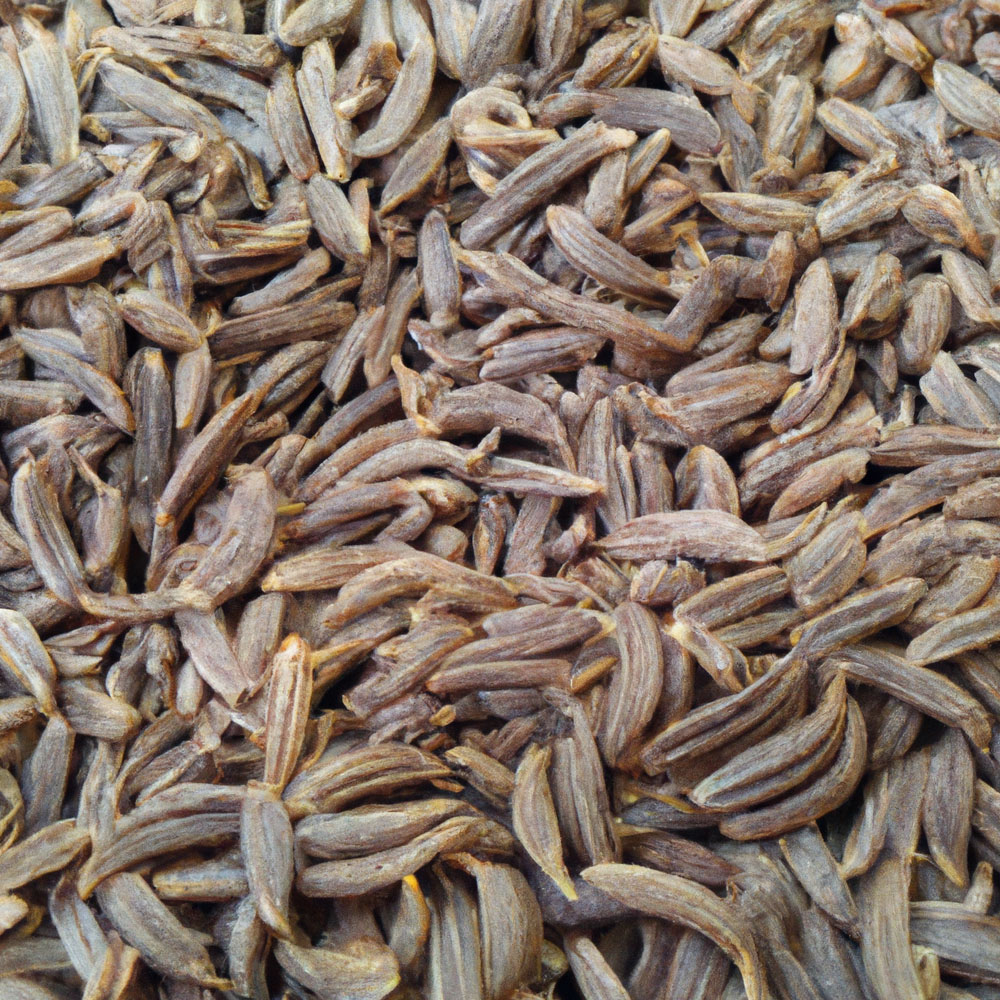Botanical Name: Carum carvi
Also Called: Persian cumin
Caraway seeds are small, crescent-shaped spices with an impressive legacy in the culinary world, revered for their warm, earthy, and subtly sweet flavor. These seeds have been cherished for centuries, not only for their distinctive taste but also for their versatility and storied role in global cuisines.
The flavor profile of caraway seeds is layered and complex. At first bite, they reveal a nutty warmth, underscored by a faint peppery spice. This is followed by a sweet anise-like note that lingers delicately, a nod to their botanical cousins, fennel and anise. Hints of citrus and mint round out their profile, adding brightness to their otherwise earthy demeanor. When toasted or crushed, the seeds are aromatic powerhouses, releasing a bouquet of licorice-like and herbal fragrances.
Caraway seeds are particularly beloved in European and Middle Eastern cuisines, bringing depth and nuance to dishes. They are a cornerstone of rye bread, their distinct flavor weaving through the dense crumb, creating the unmistakable aroma of freshly baked loaves. In savory applications, caraway seeds pair beautifully with cabbage, potatoes, and root vegetables, often appearing in dishes like sauerkraut, coleslaw, and hearty stews.
These seeds also shine in spice blends and rubs, complementing rich meats such as pork, lamb, and game. Their robust flavor can cut through the richness of fatty cuts, balancing and elevating the dish. In Hungarian goulash or German sausages, caraway seeds lend a unique depth, while in Indian curries or Persian rice dishes, they add a subtle exotic touch.
Beyond savory dishes, caraway seeds have a surprising role in sweet creations. Scandinavian and Nordic desserts like seed cakes and cookies often feature caraway, where their sweet-spiced notes bring complexity to buttery, sugary profiles.
Caraway seeds are as practical as they are flavorful. They are known to aid digestion, a trait that has cemented their place in traditional medicine and after-dinner liqueurs like Kümmel. Their presence in a dish isn’t just a flavor choice—it’s an experience steeped in history, culture and a celebration of the spice’s versatility.

